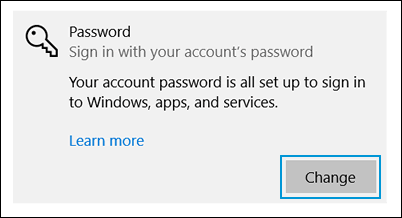


Security is great, but boy, typing in the same password over and over, hour after hour, day after day sure does get tiresome. Not only does this shine a light on how great WSL can be when both Linux and Windows are pulled together, but it's also a genuine quality of life improvement. As well as the code to have a look through if, unlike me, you understand such things. The GitHub repo has all the pointers you'll need. The automatic configuration should be good enough for most, but as with most things on Linux, you can get in the weeds and do some manual work if you want. Literally something that could only be done on WSL, so it really shows off the magic of these two operating systems working in harmony. I don't understand exactly what it's doing to link the two together, beyond that it makes use of a Pluggable Authentication Module (PAM) and copies a Windows command line application over to launch Windows Hello. And so far, for me at least, it hasn't faltered once. Once you enter your first sudo command and hit Enter, instead of WSL asking you for your password, the Windows Hello dialog box will pop up to verify your identity. Once the installation has run, a reboot of WSL is all that's needed to see it in action.

But honestly, just hit the defaults and let it do its thing. Running with all the default options is fine, though, unless you really have a preferential directory to install the tools in. Downloading the package from GitHub with wget.įrom here the tool will run through the installation process and prompt you as required to interact with it.You can download the package from the GitHub page, unpack it manually in the right file system and then install it, or you can roll with these commands in the terminal. It doesn't matter which, if you have multiple, but you will have to install it separately on each that you plan to use with Windows Hello. All the information you need and more is on the GitHub repo, but I'll break down the installation process.įirst up, you'll need to open up a terminal and be inside a WSL distro or the Linux file system. It's hosted on GitHub and installing it is a breeze. The tool you need is called WSL Hello Sudo, which captures exactly what you're going to be doing with it.


 0 kommentar(er)
0 kommentar(er)
